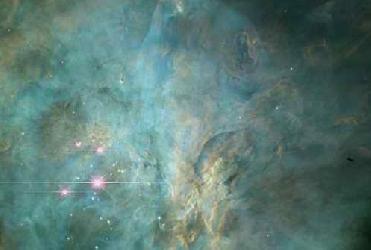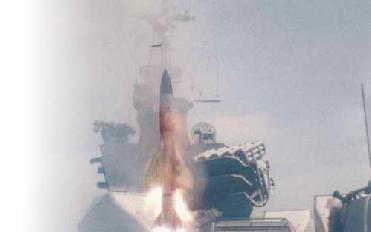
The Trapezium, a bright star cluster in the Great Nebula of the constellation of Orion. (Credit: J. Bally, D. Devine, & R. Sutherland, D. Johnson (CITA), HST, NASA)
WASHINGTON (BNS): New data from the Submillimeter Array (SMA) allows astronomers to examine the earliest stages of star formation, which are hidden within cocoons of dust and gas that block visible light. In a study to be published in The Astrophysical Journal, a team of astronomers at the Harvard-Smithsonian Center for Astrophysics (CfA) studied two cosmic cocoons located 15,000 light-years away in the constellation Serpens Cauda.
According to astronomers, one region shows significant heating, indicating that massive new stars must have already formed. In the other region, there is ample material to form massive stars, but shows little signs of star formation. It is at one of the earliest stages yet identified in the birth of stars, the astronomers noted.
Smithsonian astronomer and lead author of the study, Qizhou Zhang said that the SMA enables them to see the dust and gas in the cocoon with amazing details, and to probe the initial stages of massive star formation. “By comparing the SMA data to theoretical predictions, astronomers can test their understanding of how stars more massive than the Sun form,” he said.
The study said that in star formation, gravity pulls material inward and condenses it. Gravity also tends to fragment the contracting cloud into smaller and smaller pieces, which leads to a star cluster. Such fragmentation may also inhibit the formation of massive stars. As a result, some theorists propose that massive stars must form from collisions of smaller proto-stars, the astronomers said.
Two forces counteract gravity and suppress fragmentation of the cloud: thermal pressure from the heat of proto-stars, and turbulence. This may allow massive stars to form directly from accretion. Previous work suggested that thermal pressure was the stronger influence, but the new SMA study finds that turbulence is more important, at least at the spatial scales examined.
“What’s unique about these SMA observations is that we can check some of the hypotheses for massive star formation against the observations for the first time,” said Zhang. “Unlike what has been assumed in theoretical models, we found that fragmentation is suppressed in these clouds, not by stellar heating but rather by turbulence.”
The team already has planned future studies. “We have just started to understand the initial conditions in distant, massive star-forming regions. A large survey that we have launched with the SMA will, in the near future, reveal the nature of more of such objects,” said Thushara Pillai of CfA, a co-author of the report.
 Previous Article
Previous Article













The Indian Air Force, in its flight trials evaluation report submitted before the Defence Ministry l..
view articleAn insight into the Medium Multi-Role Combat Aircraft competition...
view articleSky enthusiasts can now spot the International Space Station (ISS) commanded by Indian-American astr..
view article